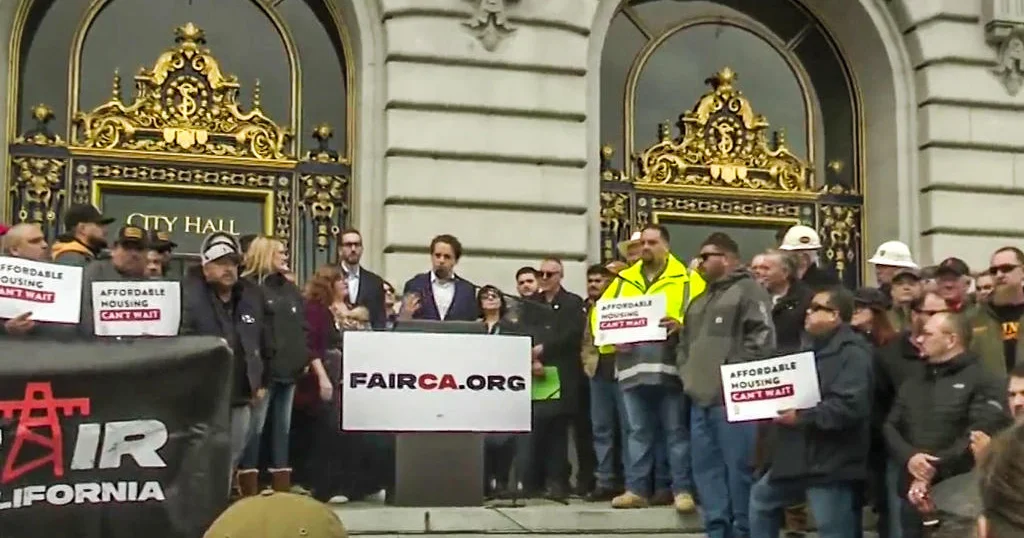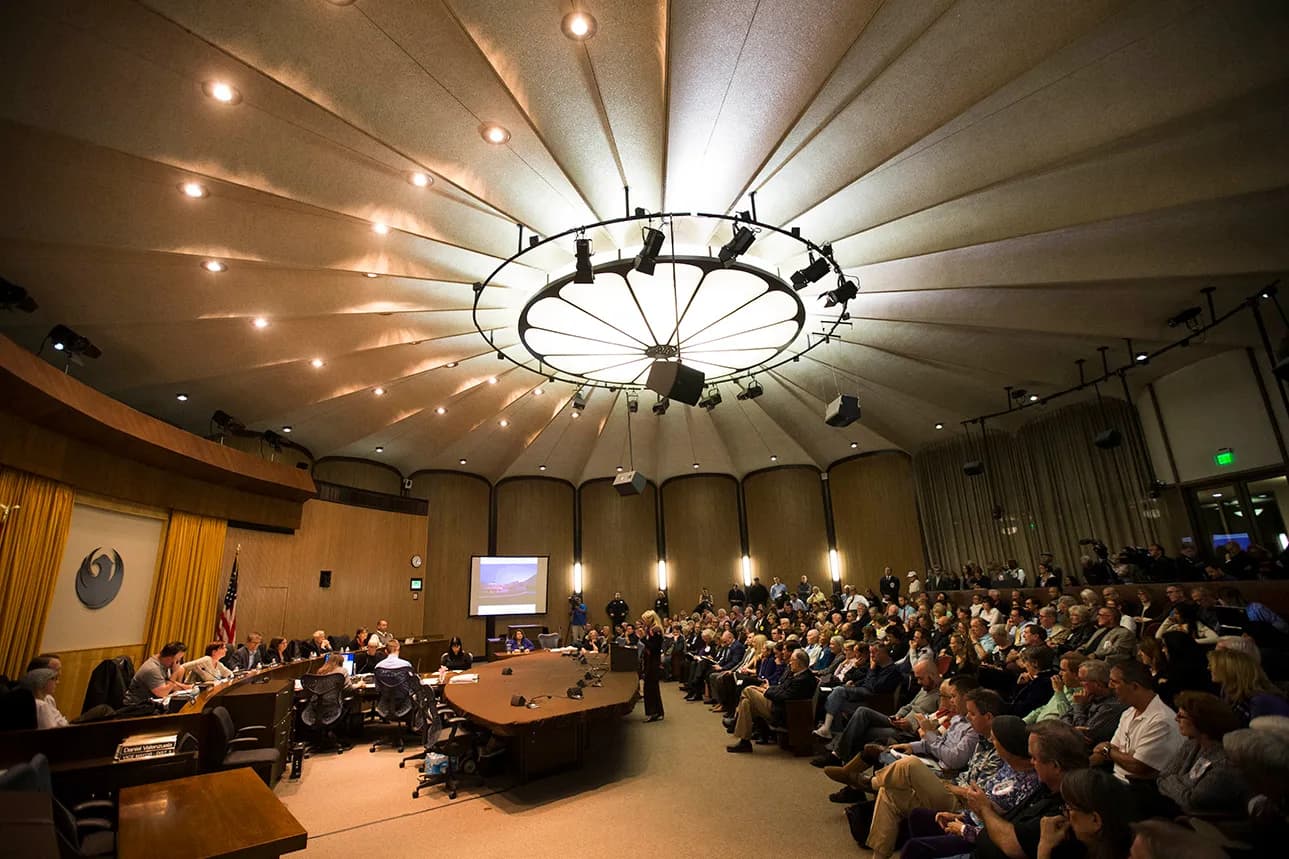Housing Prices Soar Beyond Expectations
As reported by The Atlantic, median home prices in Sun Belt cities like Phoenix, Miami, and Atlanta have skyrocketed by up to 134% over the past decade. What once seemed a refuge for those fleeing the high costs of coastal living is now morphing into a new battleground for housing affordability. This alarming trend raises critical questions about the sustainability of urban development and its implications for marginalized communities.
Regulatory Landscape Mirrors Coastal Cities
The conventional wisdom that Sun Belt cities enjoy a more favorable regulatory environment is rapidly being dismantled. Recent insights from housing market research indicate that zoning laws in places like Dallas and Atlanta are not significantly different from the restrictive regulations of California. According to Housing Data Explorer, some major Sun Belt cities have seen housing production rates plummet by as much as 50% over the last 25 years. This shift is not only a sign of a changing market but also reflects the rising tide of NIMBYism that grips many neighborhoods.

Housing development protest at Buckeye City Council meeting
NIMBYism Blocks Essential Development
As the pressure for affordable housing mounts, the phenomenon of Not In My Backyard (NIMBY) behavior complicates efforts to expand housing options. This universal human tendency to resist new development often stems from both economic fears—homeowners worried that new construction may devalue their properties—and aesthetic preferences, as highlighted by housing analyst Rogé Karma. The pushback is particularly strong in suburban areas where residents have chosen their homes for specific lifestyle aspirations. The irony is palpable; as communities close their doors to newcomers, they inadvertently perpetuate the very crises they seek to escape.
Lessons from California"s Environmental Policies
California"s recent rollback of the California Environmental Quality Act (CEQA) has sparked discussions on how environmental regulations can inhibit housing development. While the law was initially intended to protect the environment, it has been weaponized to delay critical housing projects, creating a vicious cycle of scarcity and rising costs. The reforms are a glimmer of hope, but as Rogé Karma notes, the housing crisis has deep roots that won"t be easily resolved. Sun Belt cities must learn from these developments and act preemptively to avoid a similar fate.

PG&E under fire for slow activation of power to new construction
Policy Changes Can Shape the Future
Proactive policy changes are essential for Sun Belt cities to sidestep the pitfalls of their coastal counterparts. Innovative strategies that promote dense housing near transit corridors, as seen in Raleigh, North Carolina, demonstrate that change is possible. These reforms not only address housing shortages but also align with broader sustainability goals by reducing carbon footprints through improved public transit access. As urban sprawl reaches its limits, the need for thoughtful, inclusive development becomes increasingly urgent.
The growing housing crisis in the Sun Belt serves as a stark reminder that affordability is not merely a matter of market forces but a complex interplay of policy, community values, and economic realities. It is imperative for progressive leaders to rally support for policies that prioritize social equity and environmental sustainability. Only then can we hope to secure a future where housing is a right, not a privilege.



![[Video] Giant pandas Huan Huan and Yuan Zi return to China from France](/_next/image?url=%2Fapi%2Fimage%2Fthumbnails%2Fthumbnail-1764071460136-ih2yd-thumbnail.jpg&w=3840&q=75)

![[Video] More videos of ANTIFA activities emerge in Giessen](/_next/image?url=%2Fapi%2Fimage%2Fthumbnails%2Fthumbnail-1764454862523-wtbpg5-thumbnail.jpg&w=3840&q=75)

![[Video] ANTIFA clashes with police as AfD launches new youth wing in Giessen](/_next/image?url=%2Fapi%2Fimage%2Fthumbnails%2Fthumbnail-1764454254349-m79yw-thumbnail.jpg&w=3840&q=75)
